The Nativity Façade of La Sagrada Família represents one of the earliest parts of the church to be completed, and is also the purest example of Gaudí’s work on the basilica, being constructed mostly during his lifetime, and entirely to his design. Although remarkable for its unique appearance, it also contains much symbolic detail that repays closer attention.
Table of Contents
Design and construction of the façade
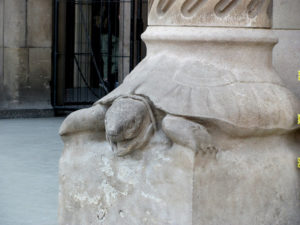


Photo credit: twbuckner via VisualHunt / CC BY
Construction of the façade took place between 1894 and 1930. By the time of Gaudí’s death in 1926, only the bell towers remained to be completed.
As the name suggests, it is dedicated to celebrating the birth of Jesus, and for this reason is built facing the rising sun, symbolic of birth, life, and light.
The façade is divided into three porticoes separated by two columns. At the base of one column is a stone sculpture of a tortoise (pictured left), on the other a turtle: one to symbolise land and one sea, both representative of that which is set in stone and thus unchangeable. In contrast, chameleons are carved on either side of the façade to represent change.
Gaudí realised he would not live to see the church’s completion, so he intended this façade as a model of how the work should be continued after his death. It is appropriate that he should choose the nativity façade for completion first, as this represented the birth of the church.
A closer look
The three porticoes represent the Christian virtues of Faith, Hope, and Charity. Above the door of Jesus in the portico of Charity, a Tree of Life (in the form of a naturalistic, painted cypress tree – pictured right) rises up and points towards the heavens. Doves of peace can be seen nesting in its branches.
It had been Gaudí’s intention to have all of the sculpted figures of the façade painted in order to bring them to life, however, these plans were not fully carried out so we have mainly monochrome stone figures highlighted by naturalistic coloured details.
Scenes from the life of Christ adorn the porticoes and appear to grow out of the foliage-like background. From a distance, the effect is almost like the interior of a cave with many stalagmites and stalactites or an elaborately decorated cake with melting icing. Look closer still and you will see the faces of the statues, which were modeled by Gaudí on local people.
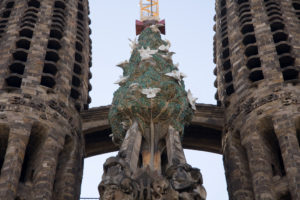


Photo credit: Simon Greig Photo via VisualHunt / CC BY-NC-SA
From out of this forest of life and light arise the four bell towers dedicated to the saints. The first to be completed (before Gaudí’s death) in 1925 was the 100m high tower dedicated to St Barnabas. Then followed towers dedicated to the Apostles St Matthias and St Jude, and St Simon the Zealot.
The towers are adorned with terms of worship: Sanctus, Hosanna, and Excelsis, and capped with episcopal symbols representing the staff, cross and mitre of the bishops who govern the church as successors to the apostles.
You can learn more about the symbolism of the façade here.
The unique beauty of the façade can be enjoyed for free from the Plaça de Gaudí opposite. It is especially poignant and impressive in the early morning and late evening, when not surrounded by tourist hordes. If you wish to climb one of the bell towers and view the inside of the façade, you will need to pay €15 for entry and a further €14 for the tower, but the ticket price does contribute to the ongoing construction of the church, and it is something that should be seen, at least once, during any stay in Barcelona.









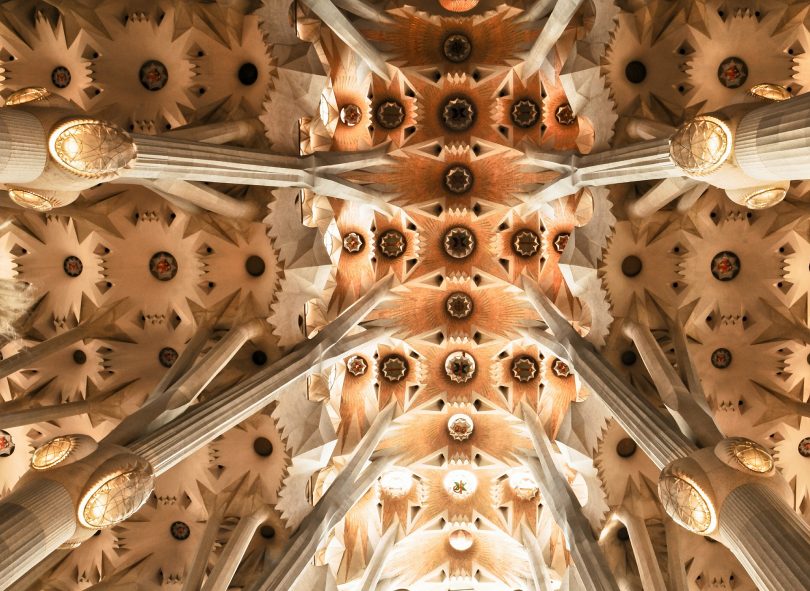
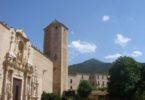
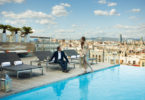

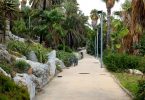
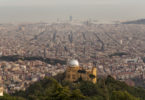
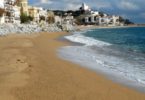
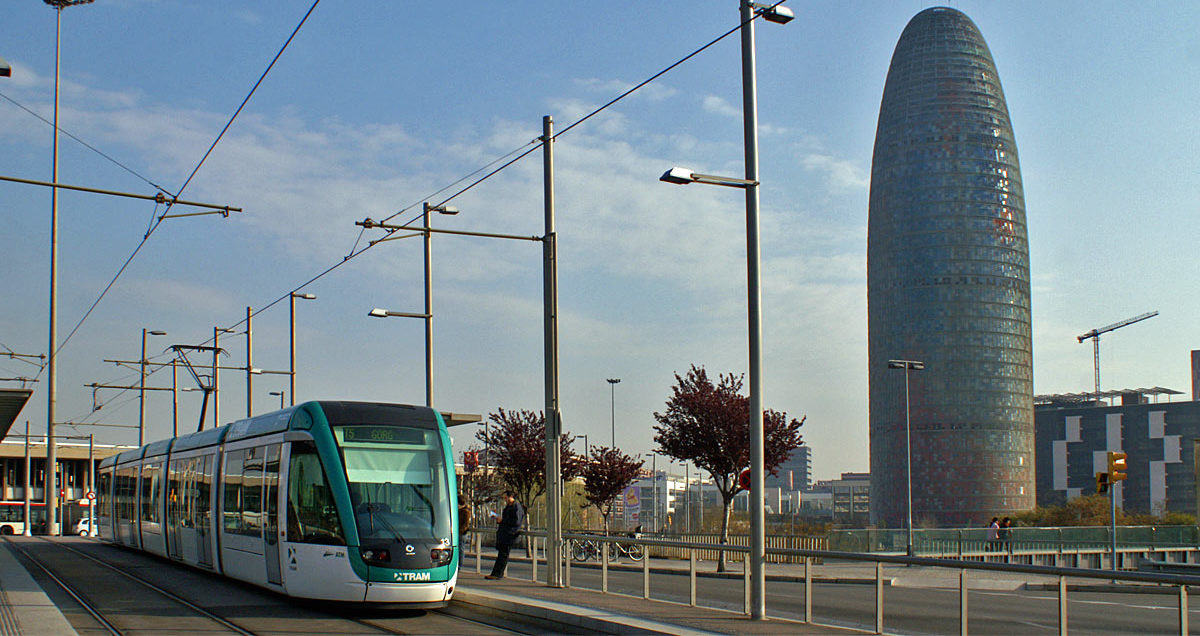
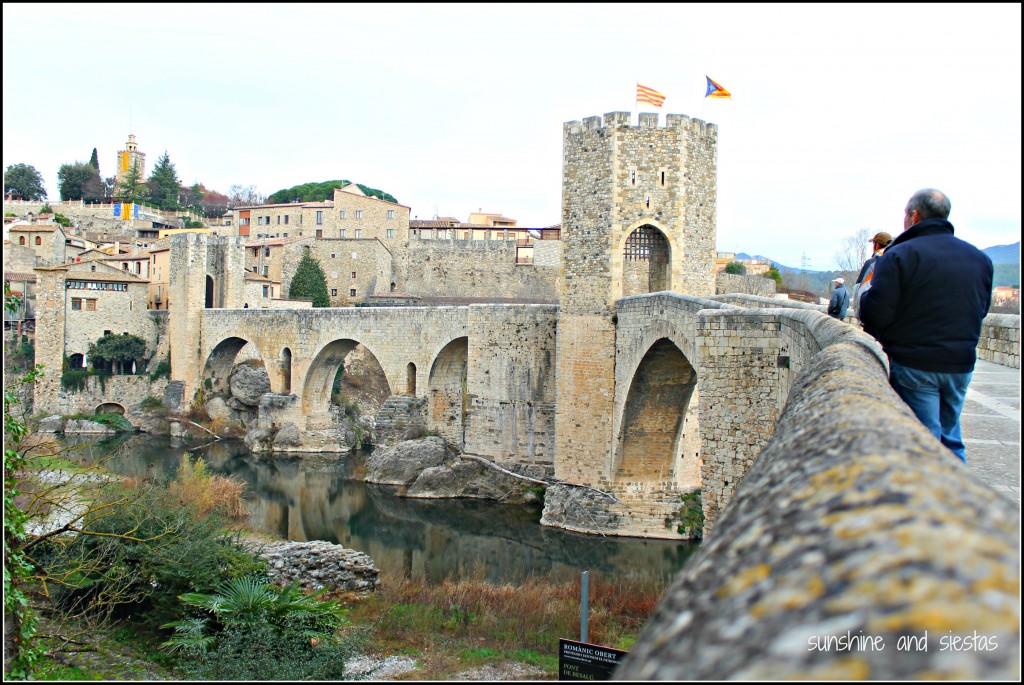

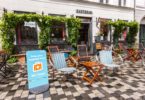

Leave a Comment